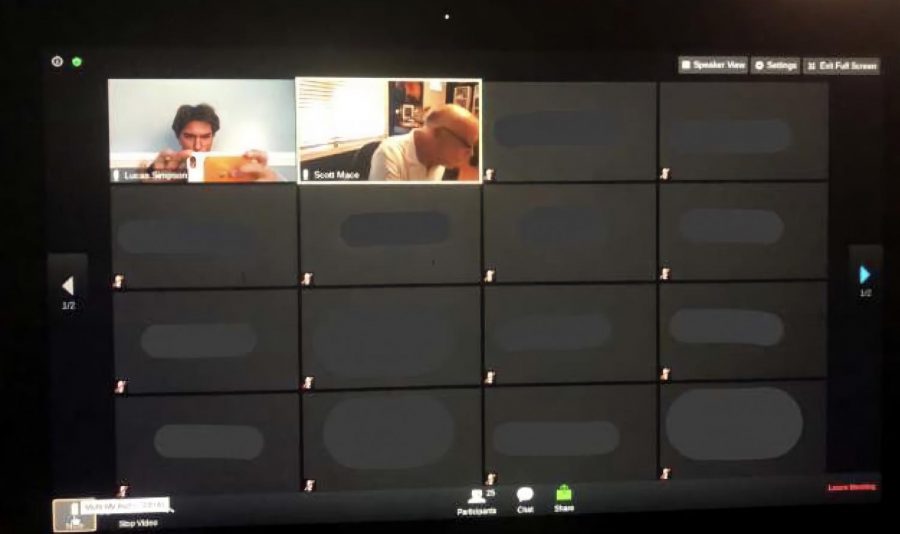Online School: Teacher Perspective
October 22, 2020
2020 has certainly been a surreal experience for most people. With Charlottesville High School students and faculty being out of the building since March, many of us have forgotten what it is like to be in a learning environment. We have also been forced to learn about numerous new online education methods that have been implemented such as Zoom, Nearpod, or Schoology. There is no doubt that students have various opinions on this entire predicament, but many people fail to realize that our teachers may have similar struggles and thoughts.
In a recent survey sent to teachers to get their opinions on virtual learning, 35% of the teachers surveyed stated that they did not enjoy online school. Many of the teachers that said they did enjoy online school added that they would rather be at school. C.H.S math teacher Ms. Goode said “I think overall yes because I am getting used to [the] hours. Having a more flexible morning, where I have a lot of time to plan, has been really nice. The Zoom lessons are better, but when it comes to that aspect, I would much rather be with the kids in a classroom.”
The survey also asked the teachers to list the pros and cons of online learning. The majority of the responses were similar. The common pros were that online schooling was a proper way to avoid COVID-19 infections and could advance instructional skills. Many also expressed that it was nice to be in the comfort of their home. The recurrent cons were the excessive amount of screen time, the increase in workload due to shorter class periods, and the lack of personal interaction between students and colleagues.
However, the most frequent negative aspect of online school among teachers was the lack of interaction between students and teachers. Ms. Dyson, a C.H.S. Spanish teacher put it well, saying “I teach to black boxes, with a few exceptions, all day long. I cannot put a face to a name. I miss seeing all the other kids in the hallways or my colleagues.” The difficulty with Zoom is the fact that it is virtually impossible for two people to speak at the same time, so it becomes difficult to fit in a question or to show signs of understanding to the teacher. Many students also turn their cameras off constantly which can be discouraging to a teacher. Mr. Bullock said, “The lack of face-to-face interaction, or staring at blank student screens, is isolating. It’s challenging to get good feedback at the moment from students.”
To conclude, virtual learning is not the most popular method of learning, and many prefer the more traditional form of education in person. However, it appears that this will be the predicament until February, if not longer.






